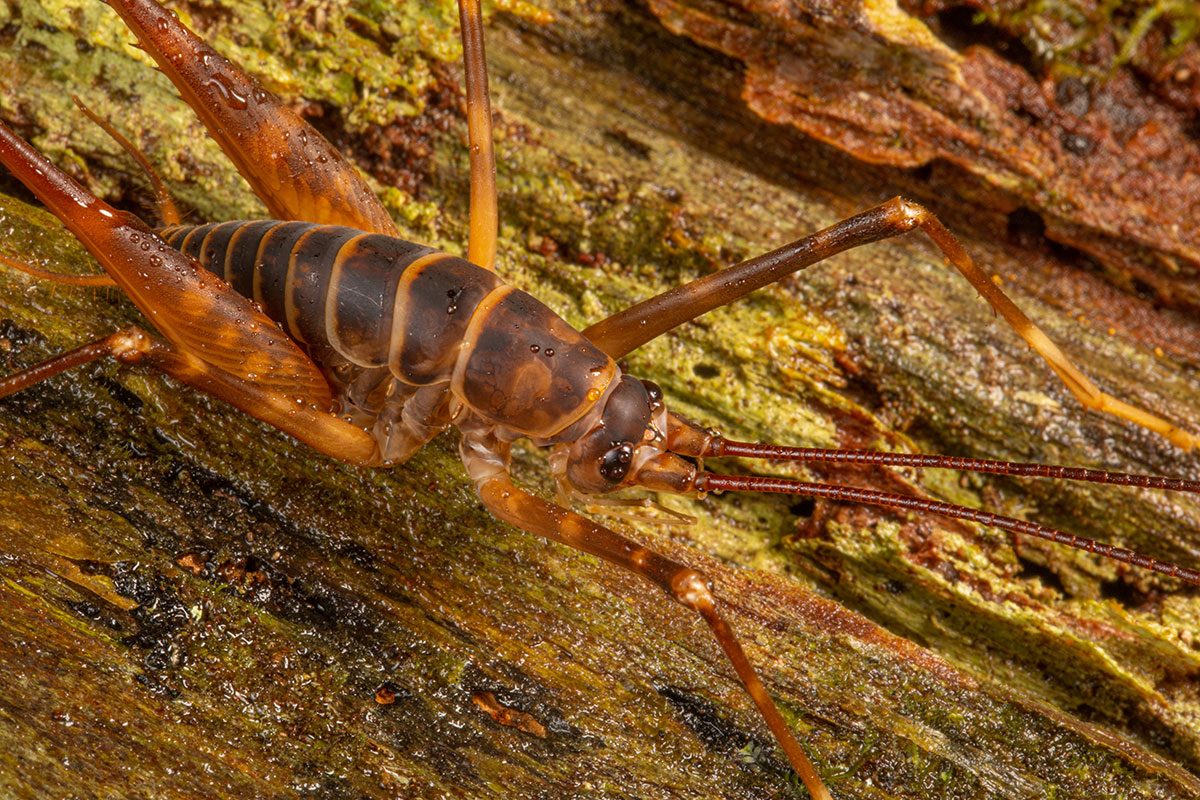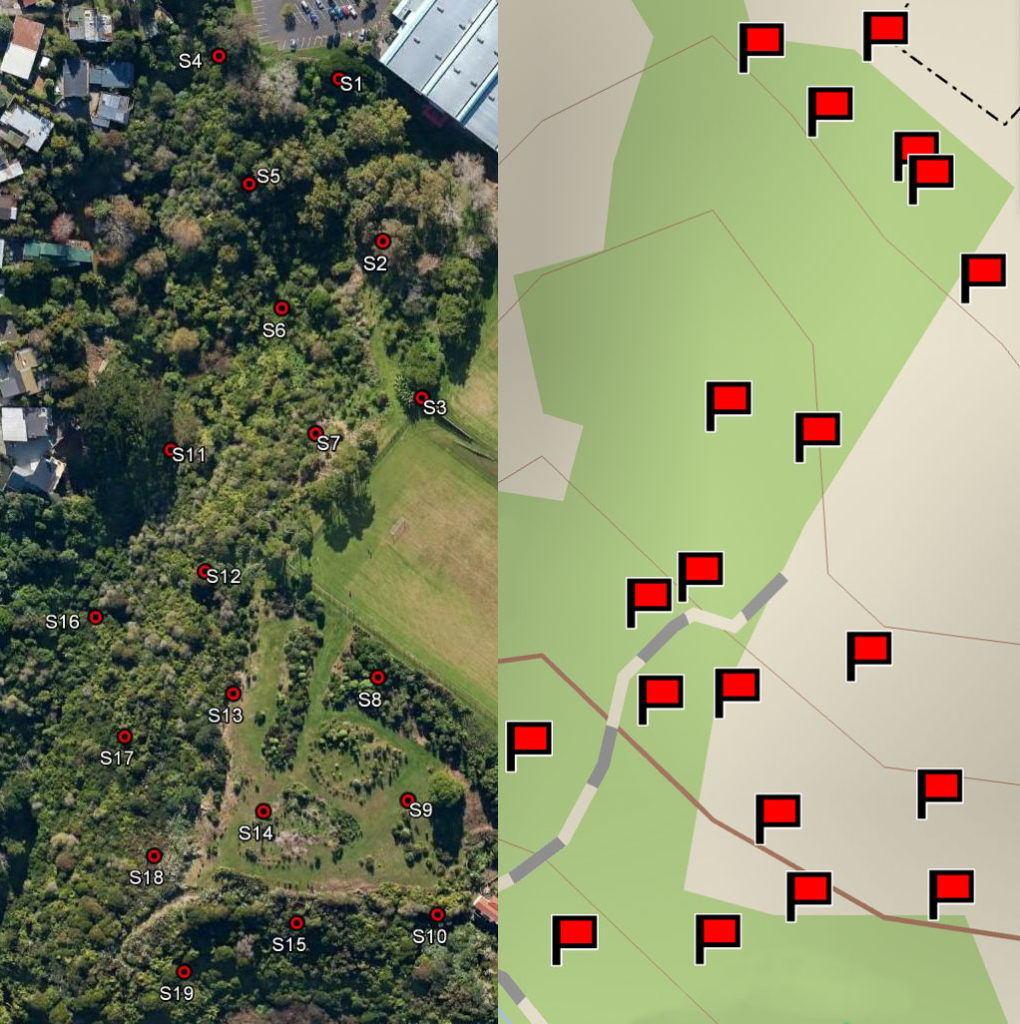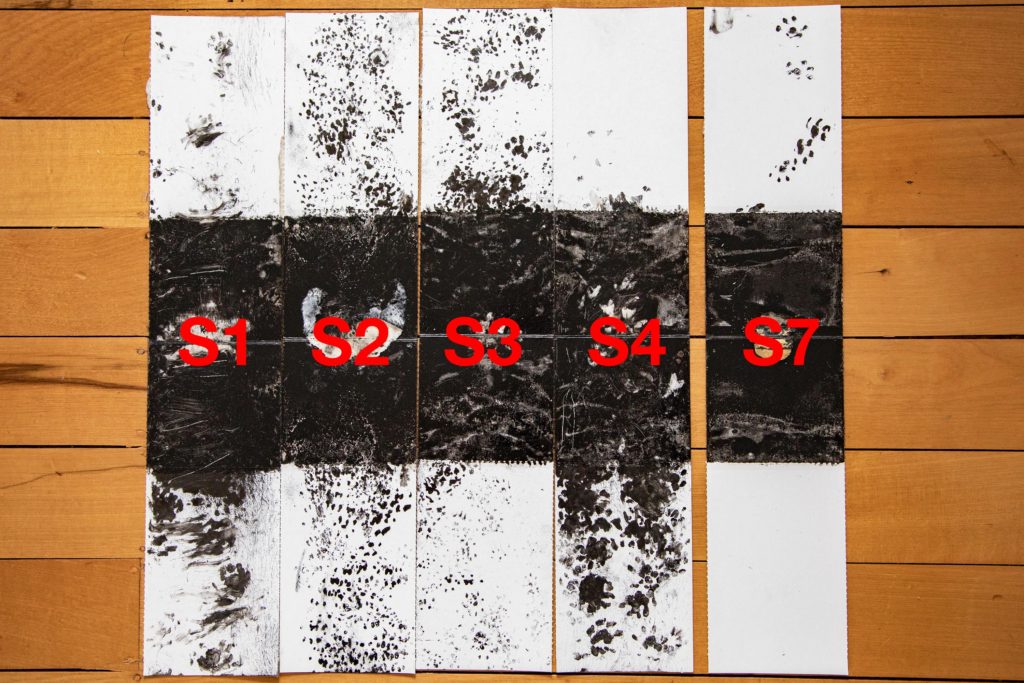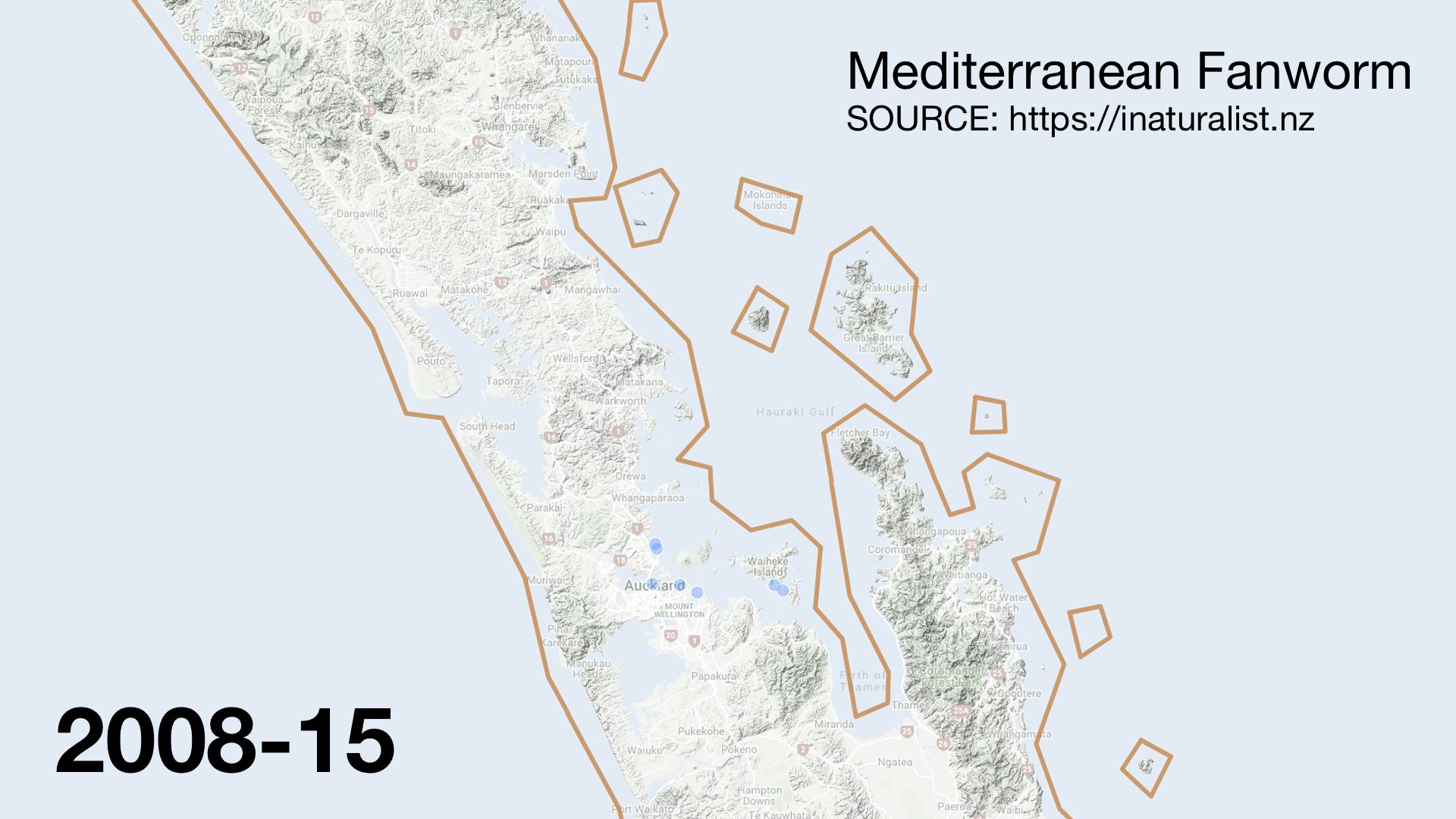I teamed up with computer and environmental scientist Jordi Tablada to build a website for identifying New Zealand animal sign. I met Jordi through the New Zealand Dotterel Forum as he looks after dotterel at Piha. We had overlapping skills and were looking for a project to collaborate on. He came to me with the idea inspired by some materials produced by another dotterel minder Emily Roberts.
Now when I spot tracks in the sand and wonder what made them I load up the website and check them against the examples. It’s working really well and I hope to expand it to include other animal sign and more species. Others are using it too, mostly due to some great press. It was inspiring to see another citizen science identification guide go live this morning which will also help on beaches. This one is for shells.
These guides join others produced by organisations like nzbirdsonline.org.nz and help users of tools like eBird and iNaturalist.nz map the diversity and abundance of New Zealand flora and fauna.
















